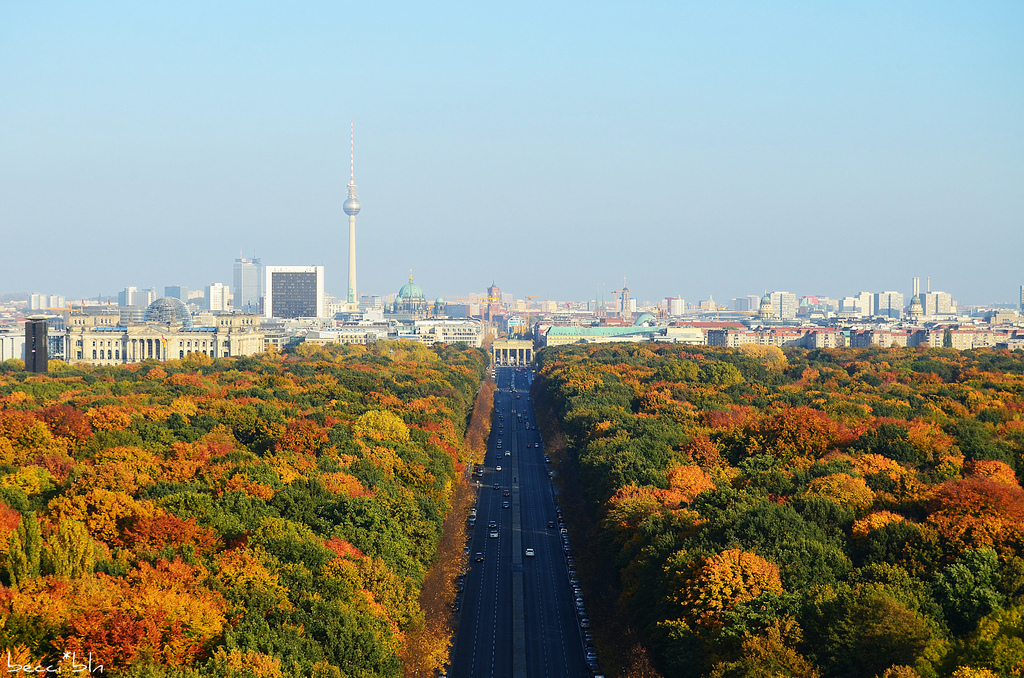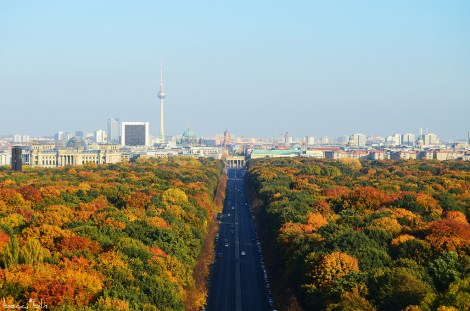We might be able to identify weak communities from space just as we can poor ones — by looking to their trees.
Scott Doyon at PlaceMakers lays out his “seven keys to stronger community” in urban spaces, the last of which, he says, is “tree culture.” When communities pass ordinances forbidding all tree removal, that can lead to dysfunction, he argues.
Yes, preventing the death of a tree preserves your existing canopy, at least for a while, but it does nothing beyond the lifespan of what’s currently on the ground. Equally notable is that, by forcing tree activists and property rights advocates to square off in a battle over who’s in the right, these ordinances actually end up being corrosive to the very community you’re trying to build. Instead, communities should put their focus on an ongoing program of tree planting. Perpetual canopy replenishment. Not only does this present an opportunity for government, residents, and organizations to proactively work together in perpetuity, further enhancing your community fabric, it establishes and fosters a new, more sustainable culture in which the death of any one tree, while mourned, is viewed in the context of larger cultural values and does not end up being reduced to a criminal act. In short, it puts us all on the same side.
Kaid Benfield at The Atlantic Cities sees Doyon’s point and raises him some old growth.
Fighting to save trees, [Doyon] contends, is divisive; planting them is unifying, and thus more conducive to building community. I think we should do both, saving the ones that are special, and planting new ones for future generations to treasure and want to save. I’m not saying that every tree should be saved, just as I don’t think Scott is saying that none of them should be. But let’s not choose between the two approaches to an important community asset.
While we’re talking new growth, an even more important community asset might be fruit-bearing trees available for public harvest by groups like the Seattle-based City Fruit. And hey, it’s apple season!




